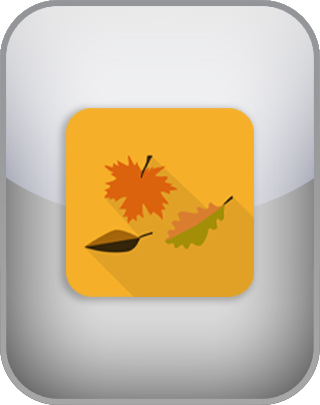Cuffing Season Dating Test
As the weather cools down and the days get shorter, many people experience cuffing season, a time when the desire for cozy companionship and romantic connection rises. Seen by some as the opposite of the carefree hot girl summer, cuffing season is about seeking warmth and closeness during fall and winter. This test explores how strongly you feel the pull of cuffing season and whether you’re ready to cuddle up or keep things casual as the seasons change.
To take the test, enter your input below.
Question 1 of 25
I feel more emotionally available as fall begins.
| Disagree | Agree |
NEXT
Cuffing season is a modern dating trend that refers to a specific time of year—typically fall through winter—when people feel a stronger urge to couple up, often temporarily. The term “cuffing” comes from the idea of being “handcuffed” or tied down in a relationship during the colder months. While often treated humorously or as a meme, the phenomenon reflects real shifts in dating behavior influenced by weather, emotion, and social rhythm.
As summer ends and temperatures drop, a noticeable change occurs in how people approach romance. The carefree, social energy of warmer months gives way to more introspective, comfort-seeking behaviors. People begin spending more time indoors, craving warmth and companionship. This seasonal lifestyle shift can amplify the desire for emotional and physical intimacy. Watching movies under a blanket, drinking hot cocoa together, and attending cozy holiday events with a partner suddenly seem more appealing than solo nights.
Cuffing season often begins in late September or October, peaks around the holidays, and tends to fade by Valentine’s Day or early spring. Dating apps typically report an uptick in user activity during this period, with more people creating profiles and engaging in conversations. While some are seeking genuine long-term relationships, many are open to seasonal connections—relationships that offer temporary emotional fulfillment and physical closeness without long-term expectations.
Several factors drive the cuffing season effect. Biologically, reduced sunlight in fall and winter can impact mood and increase feelings of loneliness, making companionship more attractive. Socially, the pressure to have a date for holiday gatherings and New Year’s Eve can push people toward forming partnerships, even if only for a few months. Psychologically, the rituals of the season—fall foliage, festive lights, nostalgic music—create a heightened sense of romance and sentimentality.
Despite its seasonal nature, cuffing season can lead to a range of outcomes. Some couples break up when spring returns and social opportunities expand, while others unexpectedly grow into more serious, long-term relationships. The line between a “temporary winter thing” and true connection can blur, especially when mutual comfort and emotional support develop.
Cuffing season is often portrayed in pop culture as a playful or shallow trend, but it also reveals deeper truths about human behavior. It speaks to our need for warmth, closeness, and emotional safety—needs that become more pronounced when the world outside grows darker and colder. Whether people embrace it with intention or fall into it without realizing, cuffing season is a valid and recurring part of the romantic calendar for many.
Ultimately, cuffing season reflects how environment and emotion interact to shape our desires. It’s not just about pairing off for the winter; it’s about the human instinct to seek connection during times of transition and stillness. Whether fleeting or lasting, these seasonal relationships offer insight into how we adapt, bond, and find comfort when we need it most.

